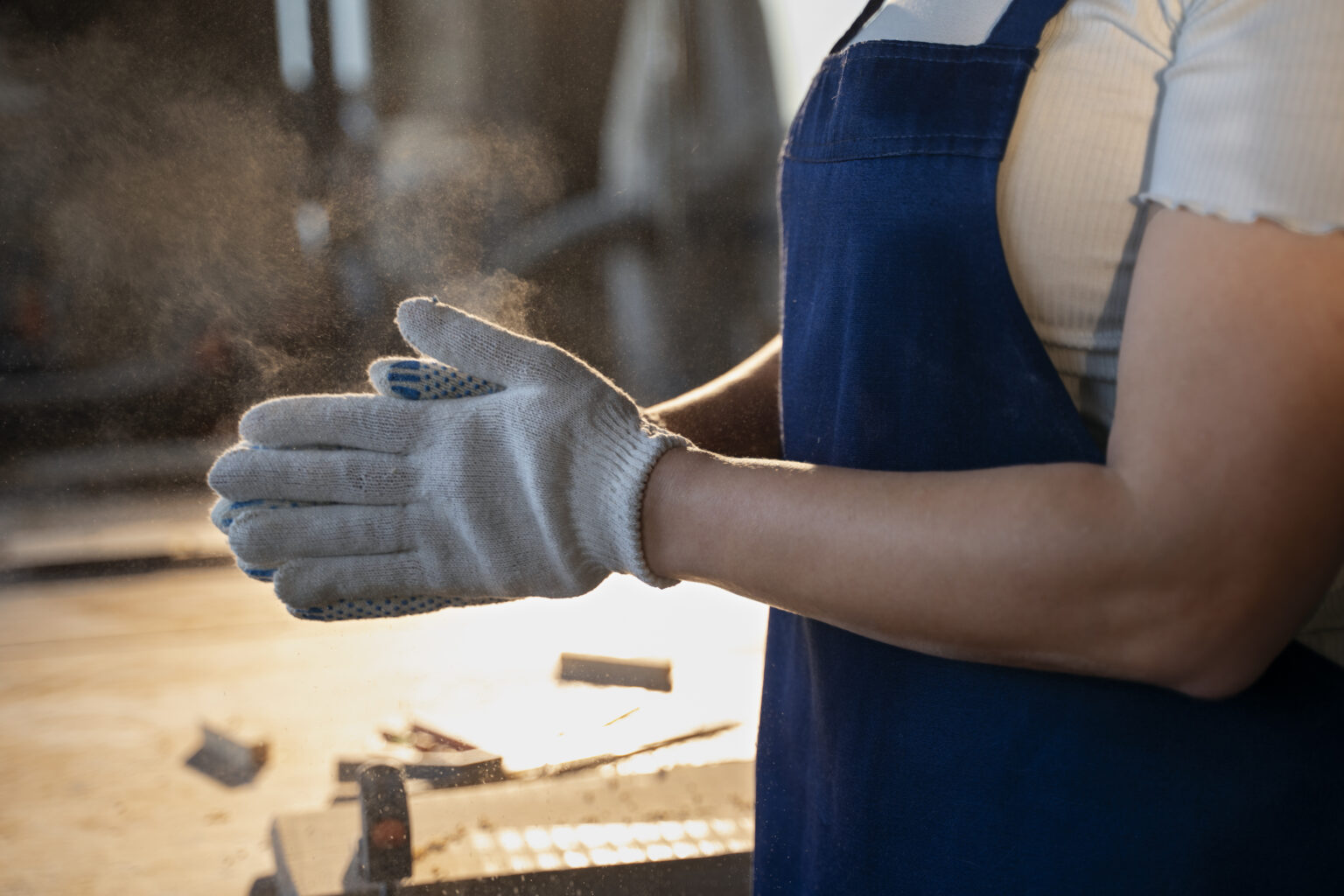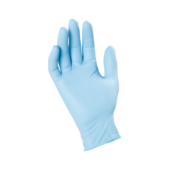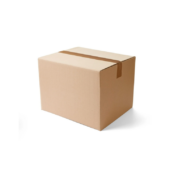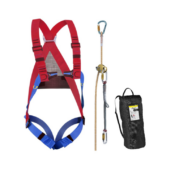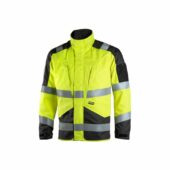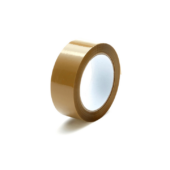Choosing the right work gloves is essential for ensuring safety, efficiency, and comfort in construction. Whether you need gloves for handling sharp materials, protecting against extreme temperatures, or improving grip, this guide will provide all the information you need to make an informed decision. With insights on types, materials, and sizing, you’ll confidently select the best gloves for your needs. Explore related product categories and supplier catalogs for comprehensive solutions tailored to construction and other demanding industries.
Key Factors to Consider When Buying Work Gloves
1. Protection Needs
The primary purpose of work gloves is to protect your hands. Consider the specific hazards you’ll encounter:
- Cut resistance: For handling sharp tools or materials, consider specialized cut-resistant gloves. For example, gloves made with Kevlar are excellent for tasks involving frequent contact with metal edges.
- Impact protection: If your work involves heavy tools or machinery, gloves with padded or reinforced knuckles are ideal. They are particularly useful in tasks like hammering nails or operating jackhammers, where repetitive impact can cause injury.
- Thermal protection: For extreme weather or high-temperature environments, thermal-insulated gloves are recommended. Construction workers in cold climates benefit from gloves with a fleece lining and waterproof exterior to prevent frostbite while maintaining grip, the purpose of work gloves is to protect your hands. Consider the specific challenges you’ll encounter:
2. Material
Different glove materials offer varying benefits. Here are some common options:
- Leather gloves: Durable and excellent for heavy-duty work. Clean regularly with a damp cloth and allow them to air dry. Use a leather conditioner periodically to prevent cracking.
- Synthetic materials: Often lighter and better suited for precision tasks. Wash them gently with soap and water to remove dirt and debris. Avoid high heat during drying to maintain flexibility.
- Cotton blends: Comfortable but less durable for high-impact work. Machine washable but should be air-dried to avoid shrinking. materials offer varying benefits. Here are some common options:
Material Cleaning Instructions
Proper care and maintenance of work gloves can significantly extend their lifespan and maintain their protective qualities. Below are cleaning instructions for different glove materials:
- Leather Gloves: Clean regularly with a damp cloth to remove surface dirt and stains. Avoid soaking them in water, as it can dry out and damage the leather. After cleaning, allow the gloves to air dry naturally and apply a leather conditioner periodically to prevent cracking.
- Synthetic Materials: Wash synthetic gloves gently with mild soap or a specialized detergent for synthetic fabrics. Avoid using harsh chemicals or bleach, as they can degrade the material. Rinse thoroughly to remove all soap residues, and air dry the gloves away from direct heat to maintain flexibility and fit. Do not wring or tumble-dry, as these methods may cause the synthetic fibers to lose shape or weaken.
- Cotton Blends: Machine washable using a gentle cycle and mild detergent. To prevent shrinkage, use cold water and air dry the gloves, avoiding direct sunlight or high heat during drying.
3. Sizing and Fit
Proper sizing ensures safety and efficiency. Gloves that are too tight may restrict movement, while loose gloves can be hazardous. Consult our detailed article on How To Choose The Right Work Glove Size to determine the correct fit.
| Size | Palm Circumference (cm) | Glove Length (cm) |
| Small (S) | 18-20 | 23-24 |
| Medium (M) | 20-22 | 25-26 |
| Large (L) | 22-24 | 27-28 |
| X-Large (XL) | 24-26 | 29-30 |
Use the table above as a quick reference to find the best fit. Ensure you measure your palm circumference and glove length accurately for optimal comfort and protection.
4. Compliance with Standards
In Europe, look for gloves that meet EN standards such as EN 388 (mechanical protection) or EN 511 (thermal protection). These certifications indicate that the gloves have been tested for specific hazards. For example:
- EN 388: Includes resistance ratings for abrasion, cut, tear, and puncture, often represented as numbers. Refer to the table below for an explanation of the rating system:
| Test | Rating (1-4 or 1-5) | Description |
| Abrasion Resistance | 1-4 | Higher ratings indicate better resistance to surface wear. |
| Cut Resistance | 1-5 | Indicates ability to resist cuts from sharp objects. |
| Tear Resistance | 1-4 | Reflects the glove’s strength against tearing forces. |
| Puncture Resistance | 1-4 | Measures resistance to punctures from pointed objects. |
This numeric code (e.g., 4-5-4-3) is commonly printed on gloves, helping users evaluate their suitability for specific tasks.
- EN 511: Measures protection against cold, including convective cold, contact cold, and water permeability.
Understanding these labels can help you quickly assess a glove’s suitability for construction tasks, such as cutting steel or working in freezing conditions. To learn more about EN Standards, check out this guide on Wikipedia.
Types of Work Gloves for Construction

1. General Purpose Gloves
These versatile gloves are suitable for light construction tasks. They offer moderate protection and good dexterity, making them ideal for basic handling tasks.
2. Cut-Resistant Gloves
Designed to prevent injuries from sharp objects, cut-resistant gloves are essential for tasks involving glass, metal, or blades. Learn more in How To Choose Cut-Resistant Gloves – A Buyer’s Guide.
3. Impact-Resistant Gloves
For jobs involving heavy machinery or high-impact tools, gloves with reinforced padding protect your hands from crush injuries. Check out How to Choose The Right Impact-Resistant Gloves: A Buyer’s Guide.
4. Thermal and Waterproof Gloves
Perfect for working in cold or wet conditions, these gloves keep your hands warm and dry, ensuring comfort and performance.
5. Anti-Vibration Gloves
For tasks involving power tools, anti-vibration gloves reduce hand fatigue and protect against vibration-related injuries. Explore How To Choose The Right Anti-Vibration Gloves – A Buyer’s Guide.
Practical Tips for Choosing Work Gloves
- Assess the Environment: Consider the specific conditions of your worksite, such as weather, hazards, and materials handled.
- Try Before Buying: Ensure gloves fit well and allow sufficient dexterity for tasks.
- Consult Suppliers: Trusted brands like Ejendals, Showa, and Portwest offer high-quality gloves tailored for construction needs.
Related Products for Comprehensive Protection
Construction workers often require more than just work gloves. Consider these complementary products:
- Safety shoes: Essential for foot protection on-site.
- Work jackets: Provides protection against weather and abrasion.
- Work pants: Durable and comfortable for demanding tasks.
Top European Work Gloves Suppliers
When buying work gloves, choose reputable suppliers for quality and reliability. Here are some of the top options in Europe:
- Ejendals: Known for their innovative designs and high-quality materials.
- Showa: Offers a wide range of gloves suitable for various construction tasks.
- Portwest: A trusted name in protective gear, including gloves.
Conclusion
We hope this guide has provided you with valuable insights into choosing the best work gloves for construction. From understanding the right protection levels to recognizing the importance of materials and European safety certifications, selecting the ideal gloves is a crucial step towards workplace safety and efficiency.
Explore the comprehensive selection of Work Gloves on Droppe, featuring trusted brands like Portwest, Showa, and Ejendals. Whether you’re working in heavy construction or handling precision tasks, our curated range ensures you’ll find the perfect fit.
If you have any questions or need further advice, don’t hesitate to reach out. Our team is always here to help you make the best choice for your safety and comfort.
– The Droppe Team
Frequently Asked Questions
Leather gloves are often the most durable and well-suited for heavy-duty tasks due to their natural toughness and resistance to wear. For extreme durability with lighter weight, synthetic blends like nitrile-coated gloves can also provide exceptional resilience.
Yes, many modern work gloves now include touchscreen-compatible fingertips, allowing you to operate smartphones or tablets without removing your gloves. These are particularly useful for workers needing to access digital plans or communicate on-site.
Look for gloves with textured palms or coatings like nitrile or latex. These materials enhance grip, especially in wet or oily conditions, reducing the chance of tools slipping during use.
Yes, some manufacturers offer eco-friendly options made from sustainable or recycled materials. These gloves are often designed to meet environmental standards without compromising performance or durability.
Opt for gloves made from alternative materials like nitrile, polyurethane, or neoprene, which are free of latex. These materials provide excellent protection and are safe for individuals with latex sensitivities.

